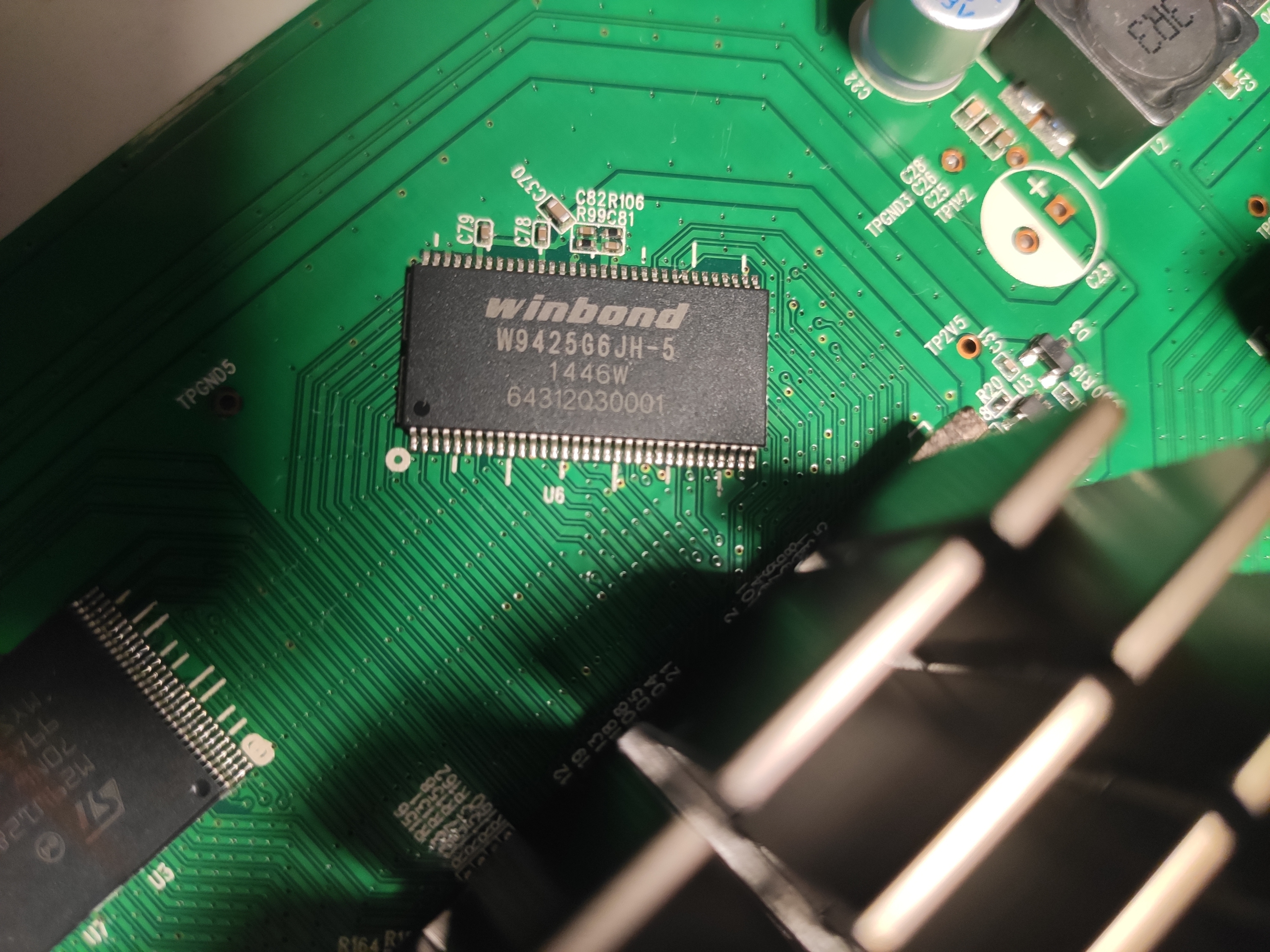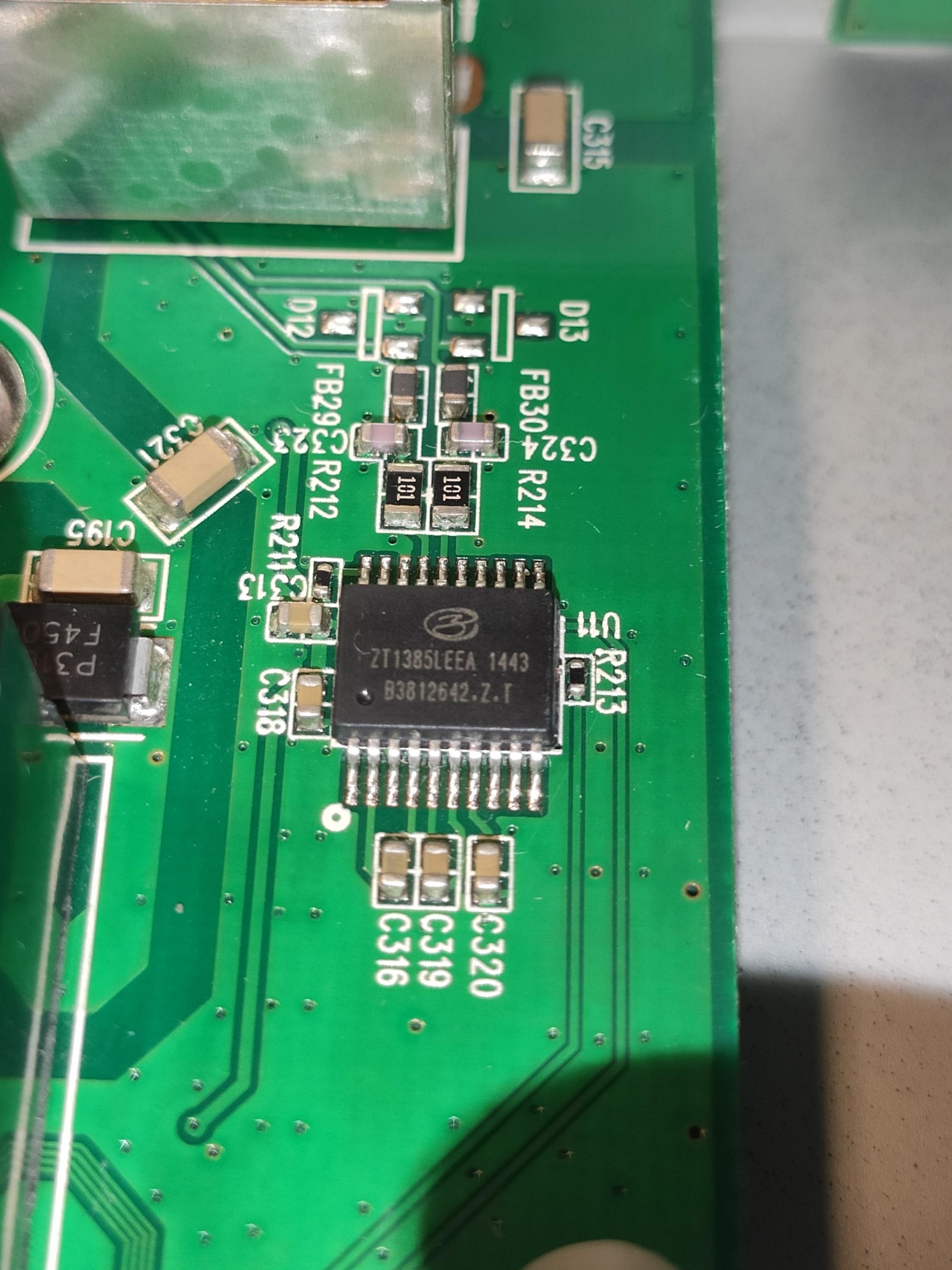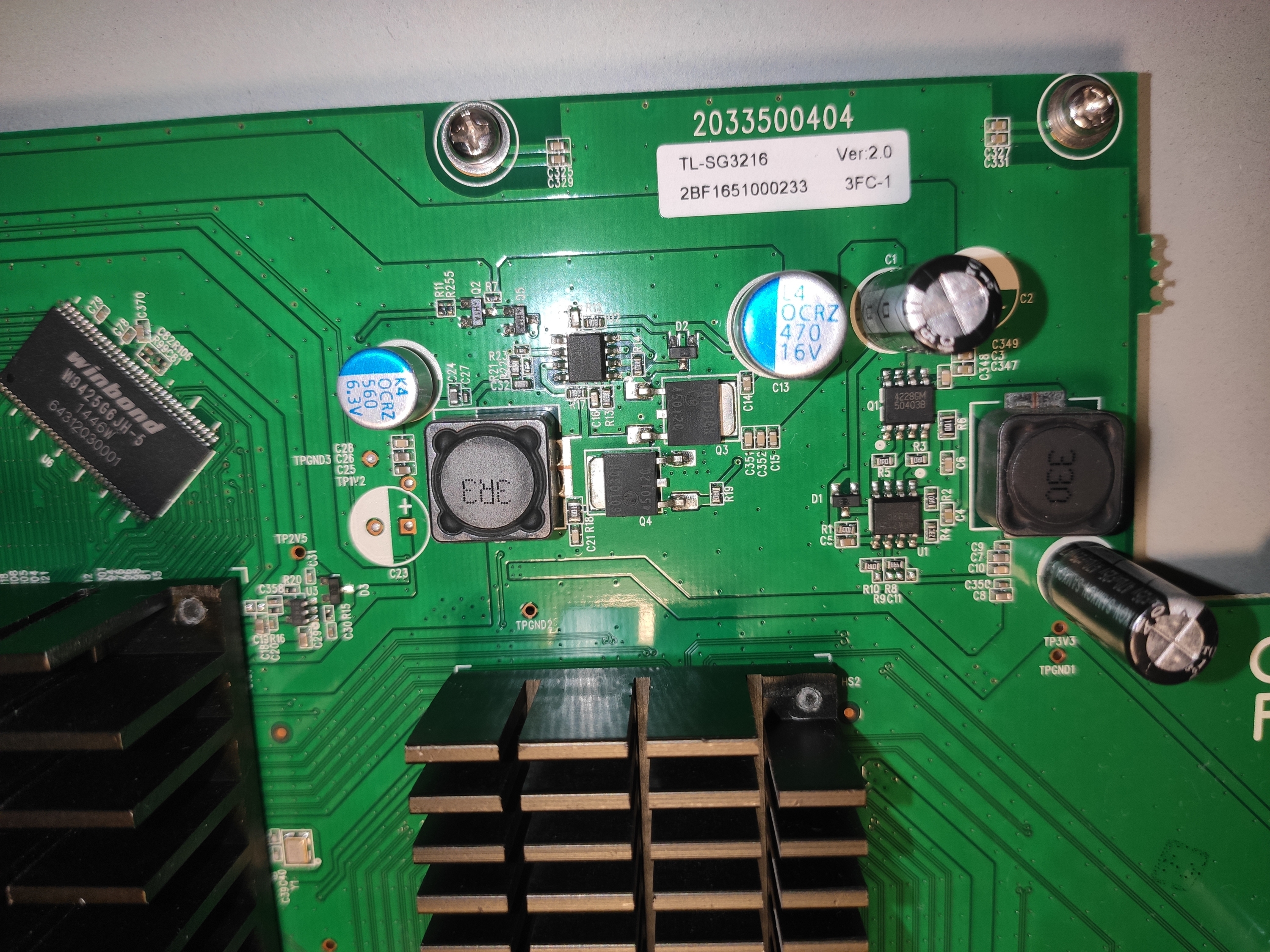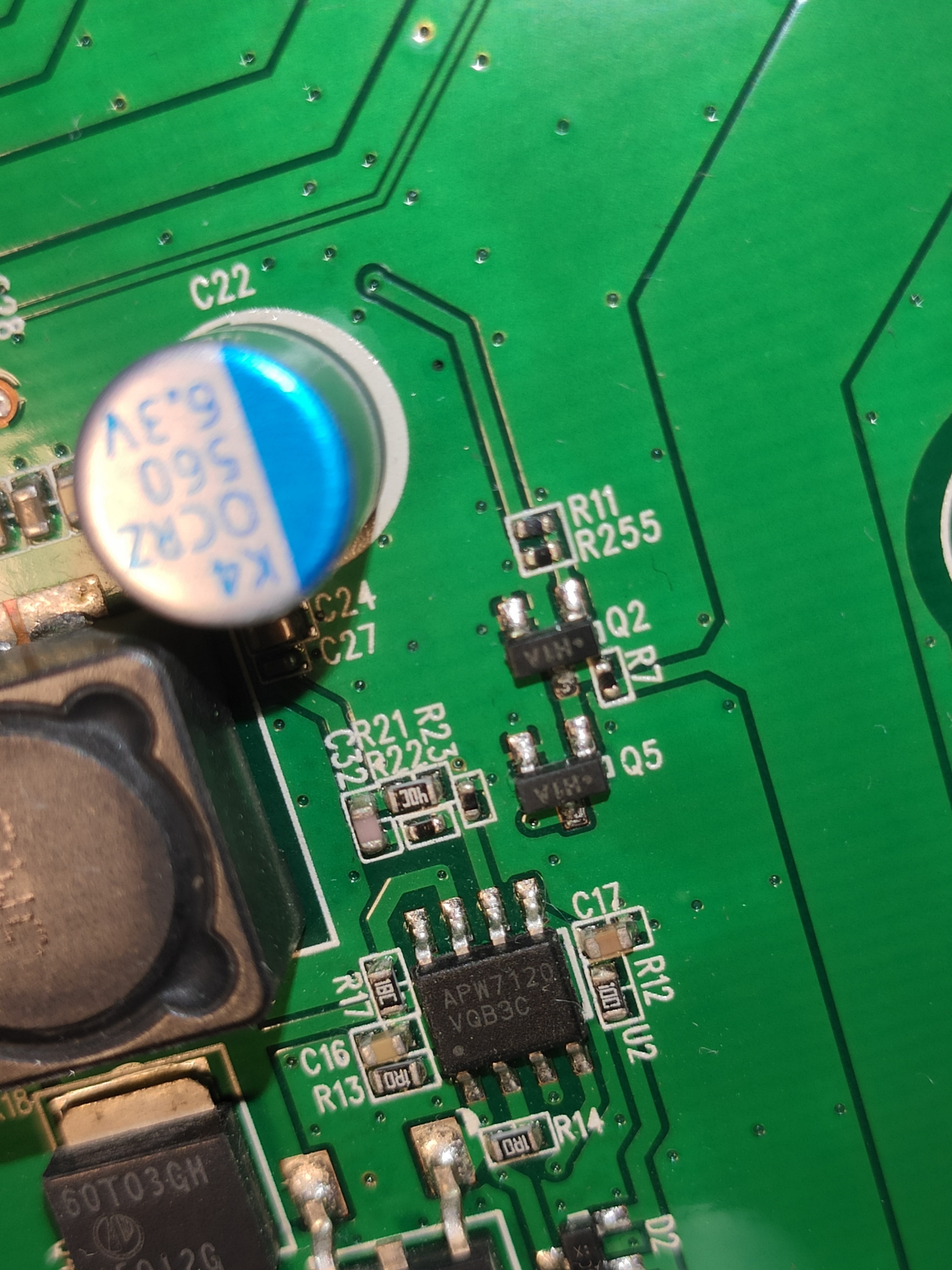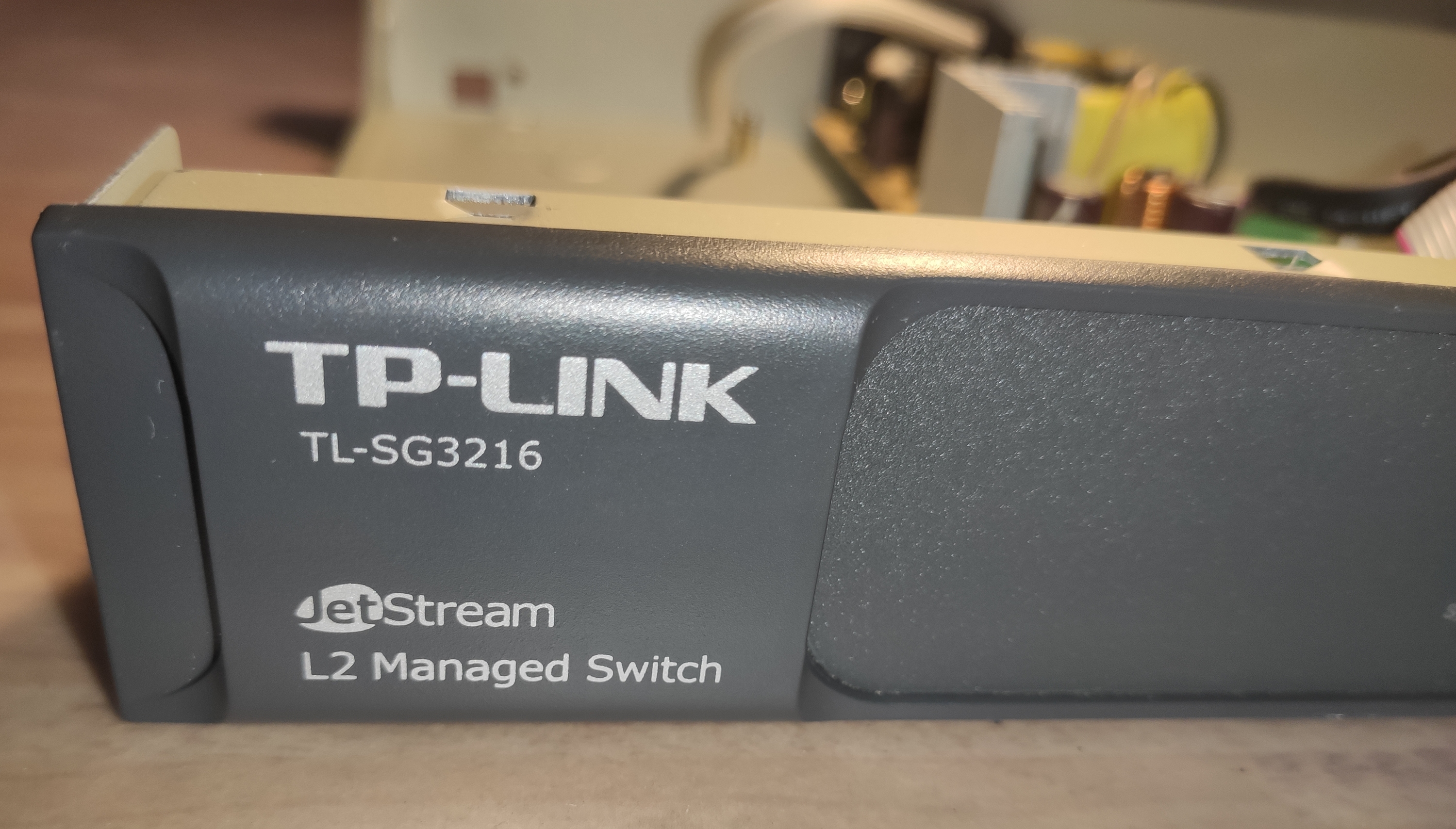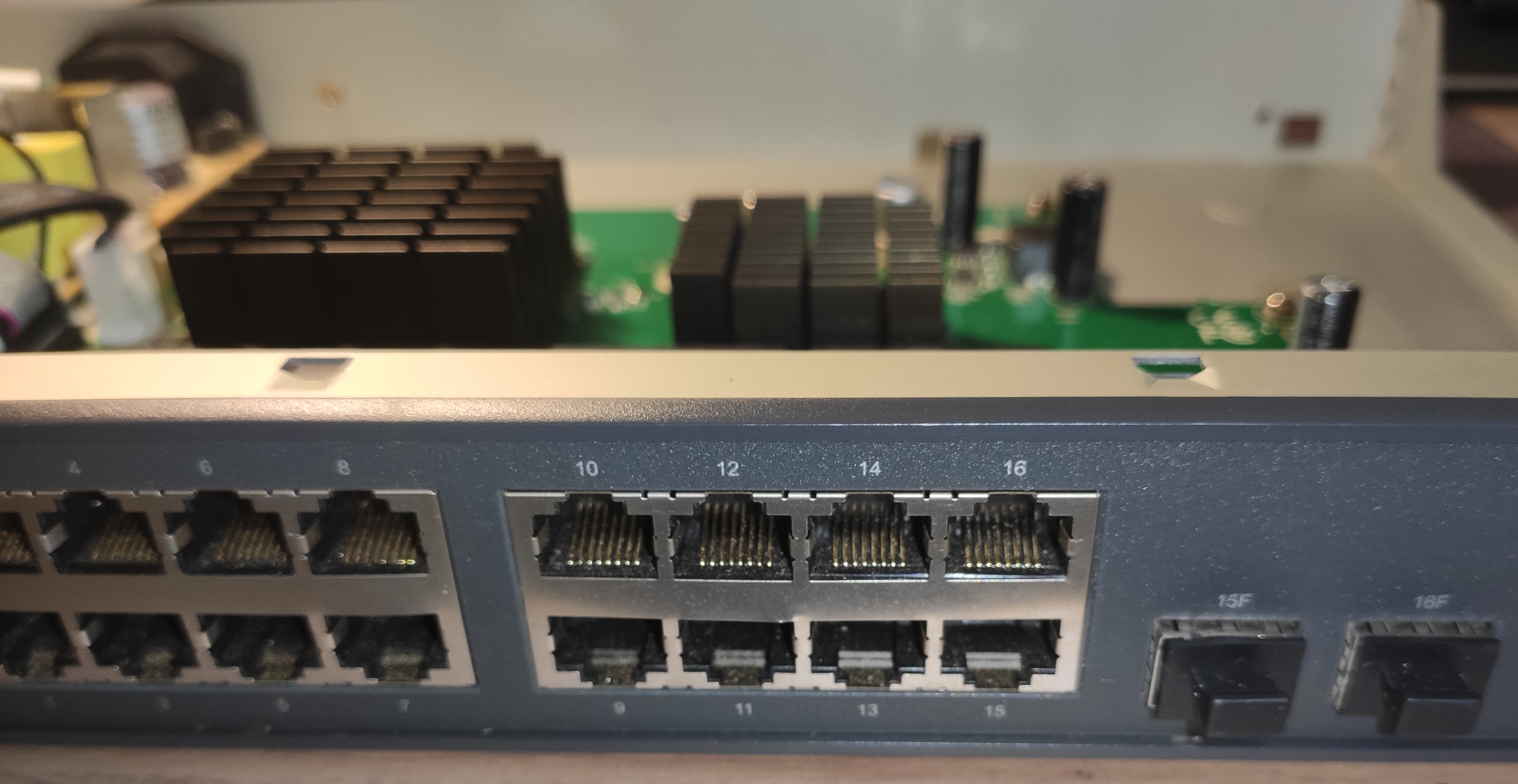Here you go:
U-Boot log:
II: Copied Preloader data from 0x9fc00000(15356B) to 0x9f000000.
II: Cleared Preloader BSS section at 0x9f003bfc(0B).
II: PLL...
II: PLL is set by SW... OK
Setting DTR
INFO: Applying ZQ result directly by plat_memctl_ZQ_force_config()
II: DRAM is set by software calibration... Start claibation test...PASSED
MCR (0xb8001000):0x100421e0, 0x20320000, 0x54422830, 0x0404030f
DTR2 (0xb8001010):0x0630d000
DIDER(0xb8001050):0x80000000
DCDR (0xb8001060):0x9b540000
ZQPCR(0xb8001090):0x1f000000, 0x00000000, 0x00000000
PHY Registers(0xb8001500):
0xb8001500:0x80000010, 0x0000007f, 0x00000000, 0x00000000
0xb8001510:0x0a1e0f00, 0x0a1e0f00, 0x0a1e0f00, 0x0a1e0f00
0xb8001520:0x0a1e0f00, 0x0a1e0f00, 0x0a1e0f00, 0x0a1e0f00
0xb8001530:0x1e000000, 0x1e000000, 0x1e000000, 0x1e000000
0xb8001540:0x1e000000, 0x1e000000, 0x1e000000, 0x1e000000
0xb8001550:0x001e0f00, 0x001e0f00, 0x001e0f00, 0x001e0f00
0xb8001560:0x001e0f00, 0x001e0f00, 0x001e0f00, 0x001e0f00
0xb8001570:0x00000000, 0x00000000, 0x00000000, 0x00000000
0xb8001580:0x00000000, 0x00000000, 0x00000000, 0x00000000
0xb8001590:0x08000000, 0x66996699, 0x00000000, 0xaa55aa55
0xb80015a0:0x00000000, 0x00000000, 0x00000000, 0x00000000
II: Selected DRAM model #0.
II: Copying U-Boot from 0x9fc03bfc(237328B) to 0x83f00000... OK
II: NOR SPI Flash... searching flash parameters... supported flash ID: [c22018][c22019][c22019]... detected flash ID: [c22018]... OK
U-Boot 2011.12.39239-svn41394 (Jul 25 2013 - 09:27:53)
Board: RTL838x CPU:500MHz LXB:200MHz MEM:300MHz
DRAM: 128 MB
SPI-F: 1x16 MB
Loading 1024B env. variables from offset 0x40000
Switch Model: ZyXEL_GS1900_24E (Port Count: 24)
Switch Chip: RTL8382M
**************************************************
#### RTL8218B config - MAC ID = 0 ####
Now External 8218B
**************************************************
#### RTL8218B config - MAC ID = 8 ####
Now Internal PHY
**************************************************
#### RTL8218B config - MAC ID = 16 ####
Now External 8218B
REG32(0xbb00a17c) is 0
PHY[0]: disable EEE on port [0x000000ff]
PHY[1]: disable EEE on port [0x0000ff00]
PHY[2]: disable EEE on port [0x00ff0000]
Net: Net Initialization Skipped
rtl8380#0
Hit any key to stop autoboot: 1 0
## Booting image from partition ... 1
## Booting kernel from Legacy Image at b4930000 ...
Image Name: V2.60.4
Created: 2021-05-24 7:39:11 UTC
Image Type: MIPS Linux Kernel Image (gzip compressed)
Data Size: 6878379 Bytes = 6.6 MB
Load Address: 80000000
Entry Point: 8026b000
Verifying Checksum ... OK
Uncompressing Kernel Image ... OK
Starting kernel ...
Linux version 2.6.19 (gcc version 3.4.4 mipssde-6.03.00-20051020) #2 PREEMPT Mon May 24 07:38:56 UTC 2021
CPU revision is: 00019070
Determined physical RAM map:
memory: 04000000 @ 00000000 (usable)
User-defined physical RAM map:
memory: 04000000 @ 00000000 (usable)
Built 1 zonelists. Total pages: 16256
Kernel command line: console=ttyS0,115200 mem=64M
Primary instruction cache 16kB, physically tagged, 4-way, linesize 16 bytes.
Primary data cache 16kB, 2-way, linesize 16 bytes.
Synthesized TLB refill handler (20 instructions).
Synthesized TLB load handler fastpath (32 instructions).
Synthesized TLB store handler fastpath (32 instructions).
Synthesized TLB modify handler fastpath (31 instructions).
PID hash table entries: 256 (order: 8, 1024 bytes)
Dentry cache hash table entries: 8192 (order: 3, 32768 bytes)
Inode-cache hash table entries: 4096 (order: 2, 16384 bytes)
Memory: 56556k/65536k available (2055k kernel code, 8920k reserved, 416k data, 5800k init, 0k highmem)
Mount-cache hash table entries: 512
Checking for 'wait' instruction... available.
NET: Registered protocol family 16
NET: Registered protocol family 2
IP route cache hash table entries: 512 (order: -1, 2048 bytes)
TCP established hash table entries: 2048 (order: 1, 8192 bytes)
TCP bind hash table entries: 1024 (order: 0, 4096 bytes)
TCP: Hash tables configured (established 2048 bind 1024)
TCP reno registered
squashfs: version 3.3 (2007/10/31) Phillip Lougher
squashfs: LZMA suppport for slax.org by jro
JFFS2 version 2.2. (NAND) (C) 2001-2006 Red Hat, Inc.
io scheduler noop registered
io scheduler anticipatory registered
io scheduler deadline registered
io scheduler cfq registered (default)
Serial: 8250/16550 driver $Revision: 1.90 $ 1 ports, IRQ sharing disabled
serial8250: ttyS0 at MMIO 0x0 (irq = 31) is a 16550A
loop: loaded (max 8 devices)
Probe: SPI CS1 Flash Type MX25L12845E
Creating 7 MTD partitions on "Total SPI FLASH":
0x00000000-0x00040000 : "LOADER"
0x00040000-0x00050000 : "BDINFO"
0x00050000-0x00060000 : "SYSINFO"
0x00060000-0x00160000 : "JFFS2 CFG"
0x00160000-0x00260000 : "JFFS2 LOG"
0x00260000-0x00930000 : "RUNTIME"
0x00930000-0x01000000 : "RUNTIME2"
TCP cubic registered
NET: Registered protocol family 1
NET: Registered protocol family 10
IPv6 over IPv4 tunneling driver
NET: Registered protocol family 17
Freeing unused kernel memory: 5800k freed
Init RTCORE Driver Module....OK
Init RTK Driver Module....OK
board_conf: module license 'Realtek Semiconductor Corp.' taints kernel.
Init RTDRV Driver Module....OK
Default IP Setting.
Here is the "show tech-support" output on firmware 2.60(AAHK.4)C0:
https://pastebin.com/E47pyvA5
Now, what do I have to do to get a working image done? I can get a linux system up to build it and know how to get a build system up, but which sources do I need to compile?



